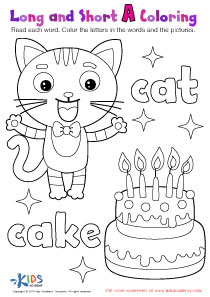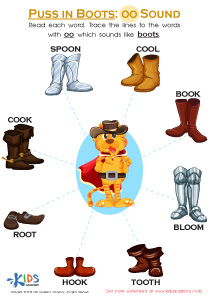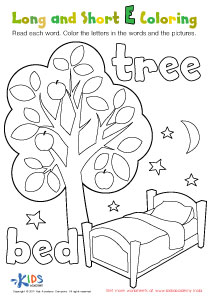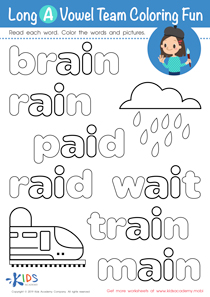Normal Grade 3 Vowel Blends Worksheets
1 filtered results
-
From - To
Homeschool Normal Difficulty Vowel Blends Worksheets for Grade 3
Our Normal Difficulty Vowel Blends Worksheets are an excellent learning tool for Grade 3 students. These fun and engaging worksheets help children master vowel sounds and blends, improving their reading and writing skills. Each worksheet features a variety of exercises that focus on vowel blends, such as identifying vowels in words, filling in missing vowels, and forming words using given blends. With our Normal Difficulty Vowel Blends Worksheets, your child will develop a stronger foundation in phonics and be better equipped to tackle complex words. Try out our Vowel Blends Worksheets today and watch your child's reading and writing abilities soar!
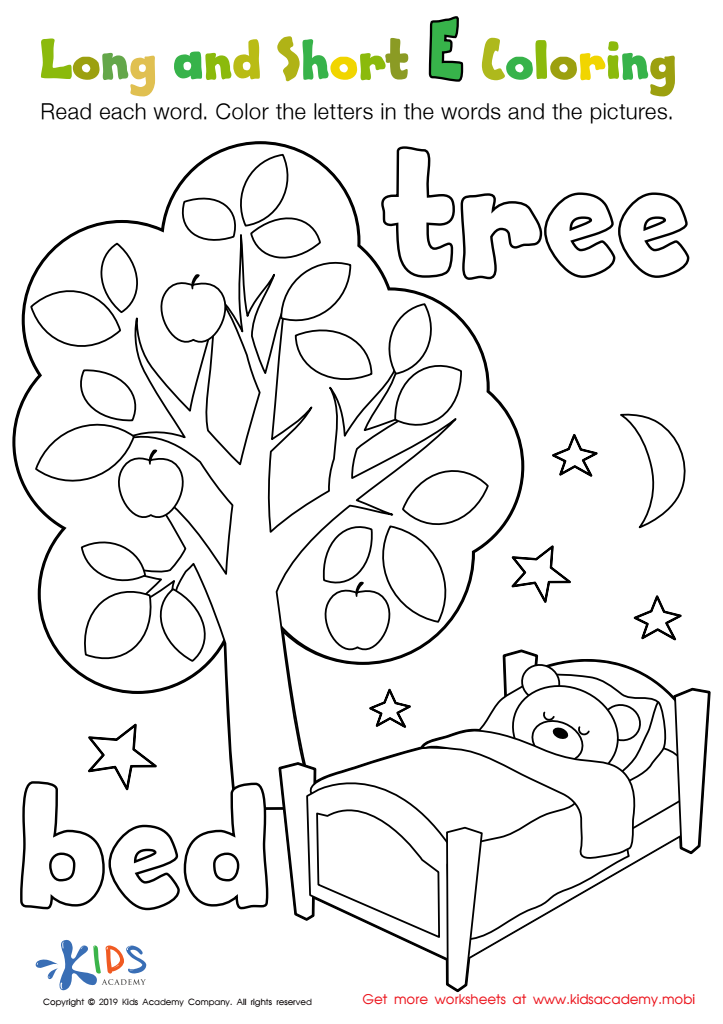

Long and Short E Worksheet
The Importance of Vowel Blend Worksheets for Grade 3 Students
Vowel blends are the combination of two vowels that create a new, unique sound. These vowel blends are essential to the English language, and it is crucial for students to understand how to use them to communicate effectively. That is where vowel blends worksheets come in - they provide an excellent opportunity for grade 3 students to practice and reinforce their understanding of these blends.
These Normal Difficulty worksheets on vowel blends are useful because they are carefully designed to provide a range of activities and exercises that make it easy for students to learn and practice. The worksheets have a clear purpose, which is to help the learners recognize and produce vowel blends effortlessly, through interesting and exciting exercises.
The worksheets are an essential tool for teachers and students as they help identify gaps in knowledge and also help assess learning outcomes. The teacher is better placed to plan the next lessons and engage students in more targeted learning. It is an efficient way to teach by creating proficiency in the classroom.
These Normal Difficulty worksheets on vowel blends also offer a fun way to keep students engaged while learning. The worksheets include many different activities such as word matching, word search, and fill-in-the-blank exercises that hold the student's attention. Students can use their creativity and problem-solving skills to solve these puzzles and worksheets, which provides a sense of accomplishment, and the students find the experience fun.
Furthermore, these worksheets are designed with a variety of difficulty levels, which makes them useful for all students. Whether the student is a beginner or advanced, these worksheets offer enough challenge for everyone, helping them attain and deepen their understanding of the concept of vowel blends.
They also promote student success and identify with students who might be struggling with particular blends. These worksheets make it possible for students to practice and master all the vowel blends at their own pace, making it easy for each student to progress at their level.
These Normal Difficulty vowel blend worksheets can be used in a variety of settings such as homework assignments, classroom activities, or even individual assessments. The teachers can assign different types of worksheets to meet the diverse needs of the students. The worksheets can be used as revision materials to reinforce the learning that took place in class.
In conclusion, Normal Difficulty vowel blends worksheets provide a valuable resource for grade 3 students to learn how to use vowel blends effectively. They are useful for students in different ways, including reinforcing class lessons, improving understanding, identifying gaps in learning, and increasing engagement in learning.
 Assign to the classroom
Assign to the classroom


